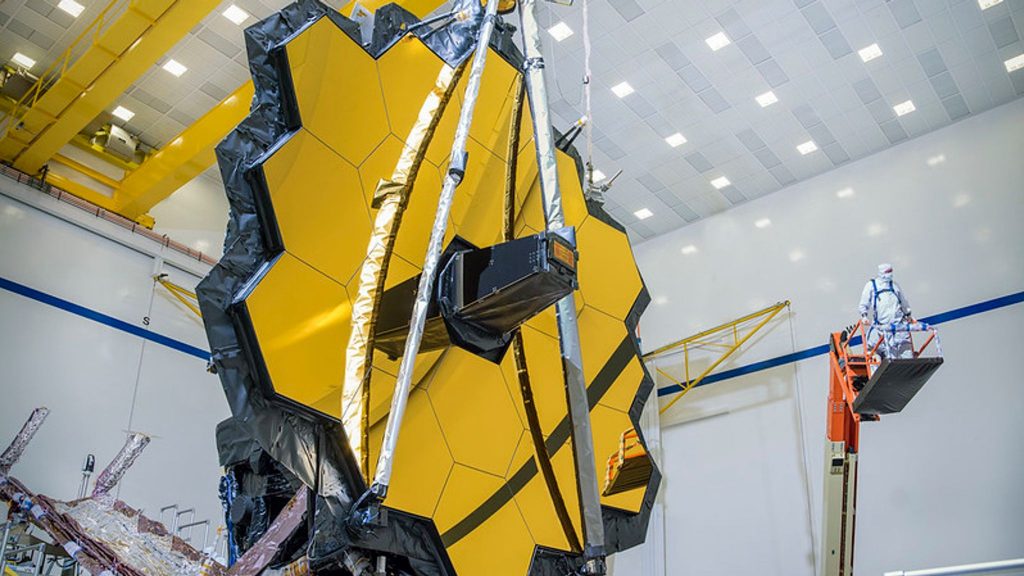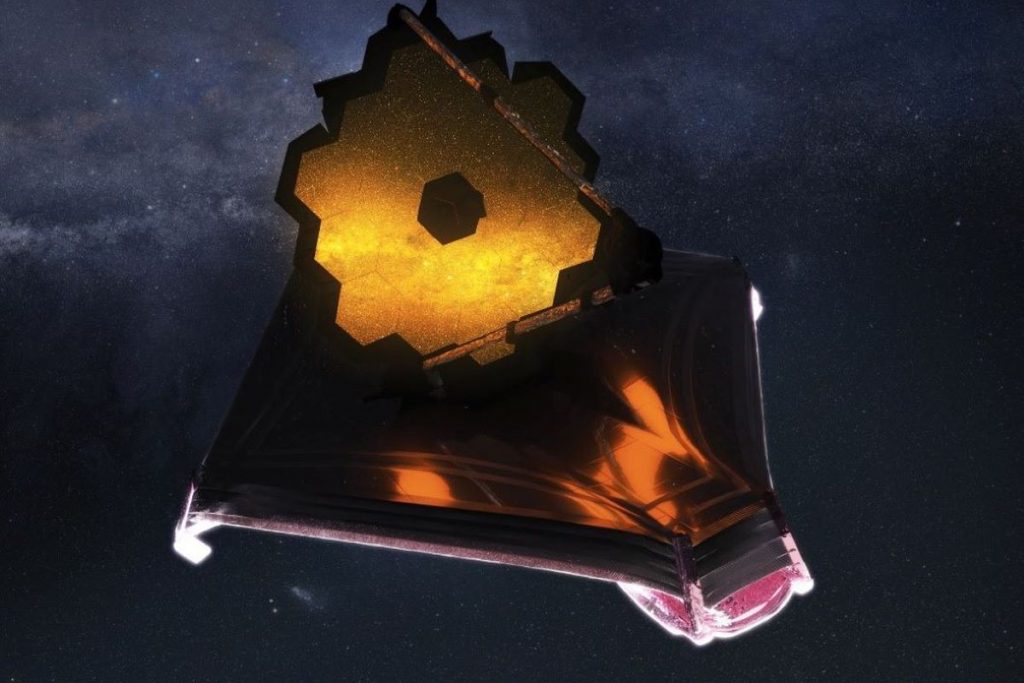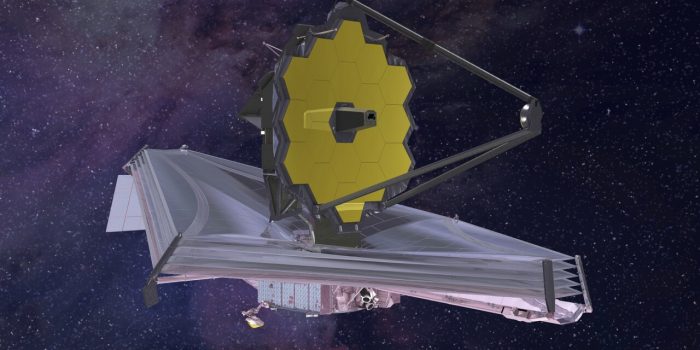A month after embarking on its historic mission, the world’s most powerful space telescope has arrived at its final destination, one million miles from Earth. The James Webb Space Telescope fired rocket engines for roughly five minutes to enter orbit around the sun, with NASA verifying that everything went as planned.
Flight controllers in Baltimore rejoiced, and NASA Administrator Bill Nelson said it meant “we’re one step closer to uncovering the mysteries of the universe.”
NASA leads the James Webb project in partnership with the European and Canadian space agencies. Webb will take us back in time than ever before, to the birth of the first galaxies and stars 13.7 billion years ago. It will also look for clues of extraterrestrial life.
The new observatory is far larger than its predecessor, the Hubble telescope, with a 6.5-meter gold-coated mirror and a sunshield the size of a tennis court. After decades of planning, the £7.5 billion telescope debuted on Christmas Day from French Guiana. The mirror, which had been folded within the rocket’s nose for launch, was successfully unfolded a few weeks ago.

On Monday, the telescope was mounted near the second Lagrange point, or L2, where the sun’s and Earth’s gravitational forces are balanced.
“The final mid-course burn added only about 3.6 miles per hour (1.6 meters per second) – a mere walking pace – to Webb’s speed, which was all that was needed to send it to its preferred ‘halo’ orbit around the L2 point,” NASA stated.

According to NASA scientists, the sun and Earth’s gravitational pull will keep the telescope in position, requiring less additional rocket force. In addition, it will constantly face Earth’s night side to keep its infrared detectors as cool as possible.
The telescope’s observations will not begin until June. After that, the camera and spectrograph will be activated and calibrated by ground crews over several months.


